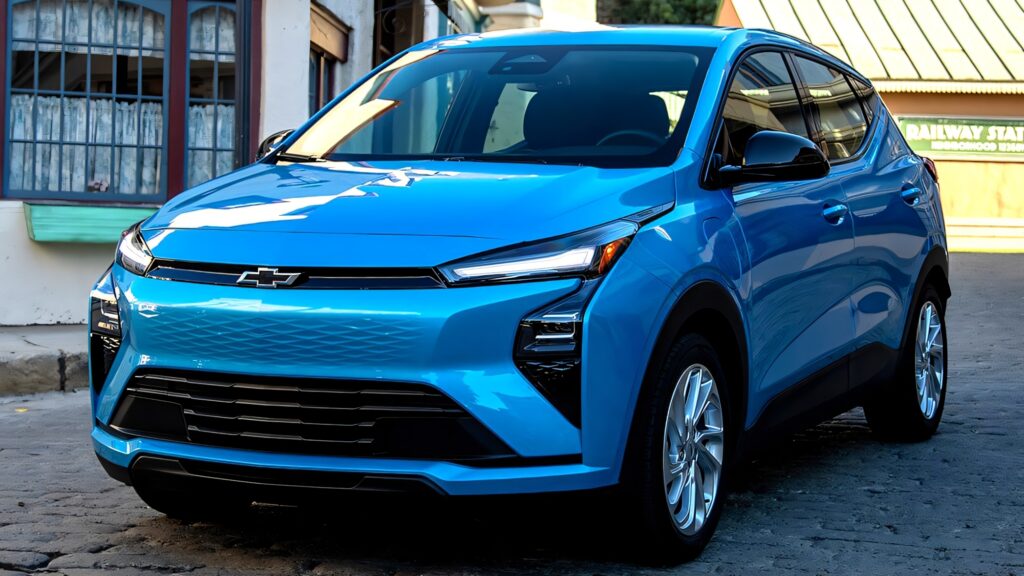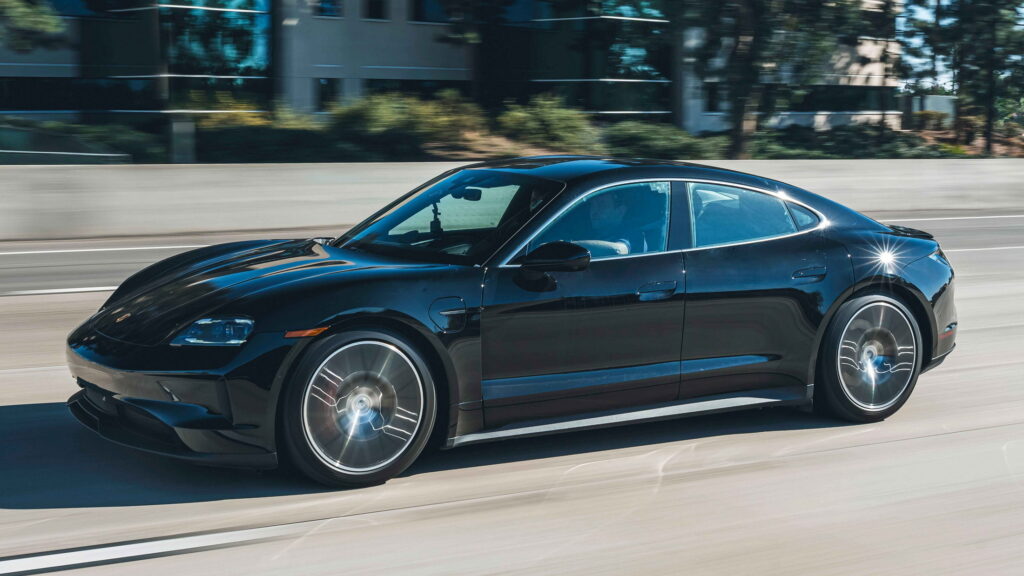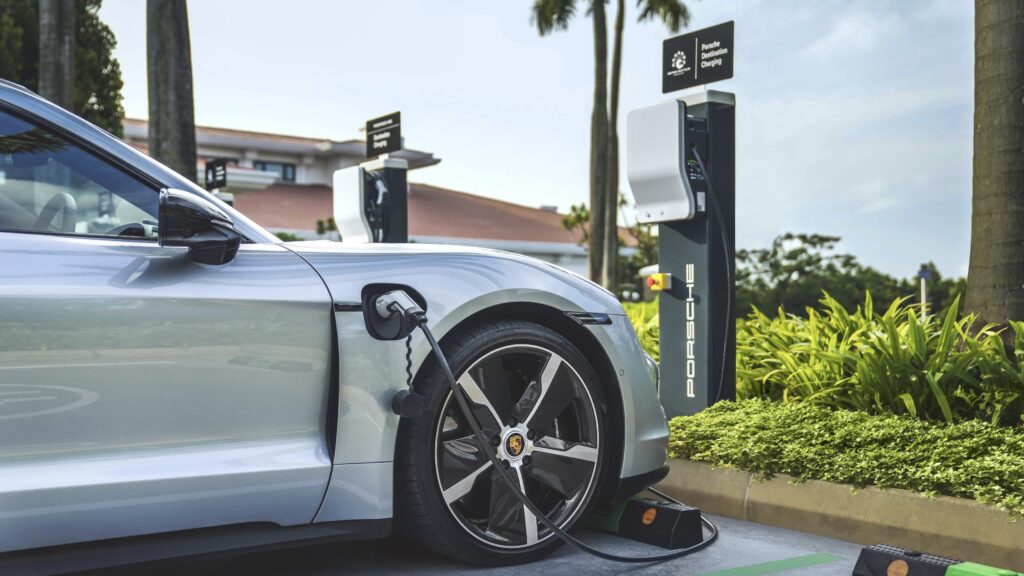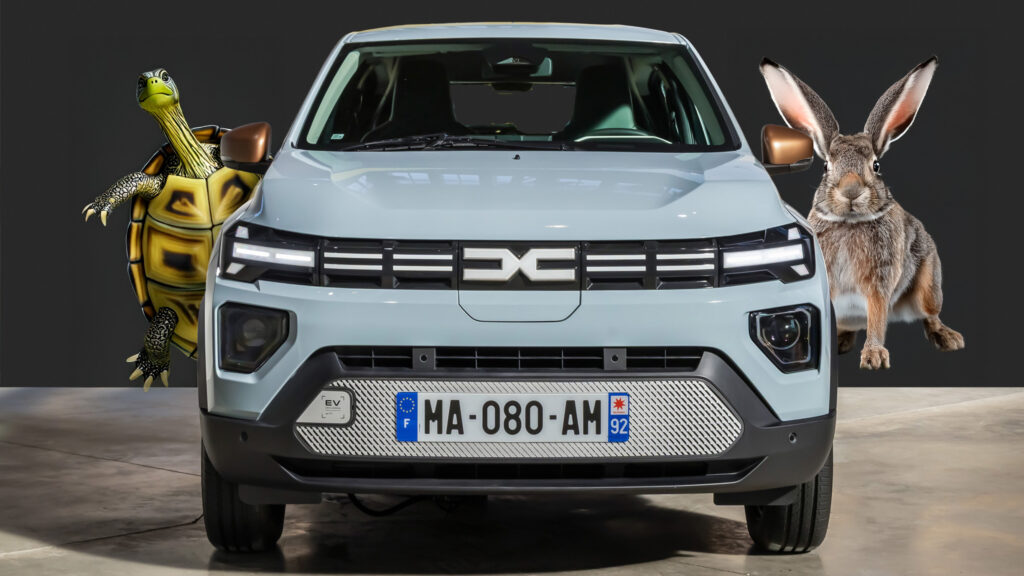The U.S. Department of Energy (DOE) warns blackouts could increase by 100 times in 2030 if the nation “continues to shutter reliable power sources and fails to add additional firm capacity.” The forecast is a driving factor for school transportation departments seeking to incorporate cleaner alternatives for fueling buses.
The DOE report “Evaluating U.S. Grid Reliability and Security” released July 7, fulfills Section 3(b) of President Donald Trump’s Executive Order “Strengthening The Reliability and Security of the United States Electric Grid,” designed to deliver a uniform methodology to identify at-risk regions and guide federal reliability interventions.
-
- The report finds the current path—retiring more generations without dependable replacements—threatens both grid reliability and the ability to meet growing AI-driven energy demand. Without intervention, the bulk power system cannot support AI growth, maintain reliability, or keep energy affordable.
- Projected load growth is too large and fast for existing grid management and capacity planning methods to handle. A transformative shift is urgently needed.
- The retirement of 104 giga-watts (GW) of firm capacity by 2030, without one-to-one replacement, worsens the resource adequacy challenge. Loss of this generation could cause major outages during unfavorable weather for wind and solar.
- While 209 GW of new generation is projected by 2030, only 22 GW would be firm baseload power. Even without retirements, the model found increased risk of outages in 2030 by a factor of 34.
- Current methods for assessing resource adequacy are outdated. Modern evaluations must consider not just peak demand, but also the frequency, magnitude and duration of outages, and model increasing interdependence with neighboring grids.
“Though demands on the electric grid are increasing, we do not foresee a meaningful logistics problem for school transportation directors,” noted Michelle Levinson, the World Resources Institute’s senior manager of eMobility Finance and Policy. “The report headline averages numbers across the whole of the U.S. The risk of additional outages is low and is brought up by high assumed data center demand in Electric Reliability Council of Texas and in PJM South (Virginia and Maryland).”
Levinson commented that the most recent data from the U.S. Energy Information Administration indicates electricity customers on average experienced approximately 5.5 hours of electricity interruptions in 2022.
“Even if all these outages occur on school days, which is unlikely, outages would account for only 0.19 percent of the hours when a bus is in the yard and potentially charging,” she added. “Luckily, transportation directors are already accustomed to navigating the impacts of electric outages on their fueling capabilities through their experience with liquid fossil fuel pumps, which also needs electricity to function.”
Levinson acknowledged change can be “scary” and the transition to electric school buses requires a shift in logistics but should not be a problem in and of itself and as with all logistics comes down to planning.
Overnight and midday down times of most school buses offer substantial opportunities for directors to charge batteries in advance of any conditions that might indicate higher grid risks, such as extreme weather events, she added.
However, others warn that even a short outage will greatly disrupt transportation operations. The DOE’s predicted blackout rate “introduces serious questions about how to keep buses moving in the face of growing grid instability,” noted Joel Stutheit, senior manager of autogas business development at the Propane Education & Research Council (PERC).
“The school day is built around a routine,” he continued. “Imagine what happens to that routine if the grid goes down as often as this DOE report suggests. If a transportation director is relying on an electric school bus fleet, blackouts could leave them unable to charge buses and reliably transport students. Even a short-term outage could introduce last-minute scheduling changes, rerouting [of] buses, and adding extra pressure on drivers and operations teams.”
Transportation directors need to shift from thinking about the electric grid as a guarantee to thinking about it as a variable for which they must plan, Stutheit said.
Ewan Pritchard, the chief subject matter expert on school bus electrification for consultant Energetics, said he believes the intent of the report was to make electric vehicles look bad.
“The DOE’s report is politically charged,” he shared. “My company is the evaluator for the electric vehicle infrastructure program for the state of California. My team is collecting data from all the vehicle charging stations across the state of California that are put in by the electric utilities. We track the time of usage of all of those stations, and we issue a report annually on the progress.”
Related: EPA Proposal Seeks to Eliminate GHG Regulations for Vehicles, Engines
Related: EPA Provides Update on Clean School Bus Program
Related: Previous Lion Electric School Bus Warranties Voided by Company Sale
Related: Propane School Buses Save Districts 50% on Total Cost of Ownership
Related: Roundup: Informative Green Bus Summit Held at STN EXPO West
The team’s work, he said, demonstrates electric school buses can benefit the utility grid — a shoring-up effect in the sense that it depends on when a school bus is plugged in.
For example, it can be a problem if school districts charge electric vehicles between 4 p.m. to 9 p.m., actively drawing power from the utility grid during peak demand times when usage and prices are highest, he noted.
Instead, Pritchard recommended school transportation departments would do well to use charge management systems, which essentially keep track of the strain on the utility grid, the cost of electricity and carbon production.
Doing so saves districts money, he added.
“We’re seeing tremendous change in the way people are charging vehicles, especially when it comes to school buses, because school buses have a very predictable schedule,” Pritchard said. “There’s plenty of time between 9 p.m. and 6 a.m. to recharge their vehicles.”
A Back Up Plan?
The challenge of student safety is “likely not as extreme as the report makes it seem,” Levinson agreed.
“If operators have not charged their vehicles ahead of a significant outage event, battery capacities may be low or zero, meaning this particular type of transport would not be able to run its typical route,” she pointed out. “School may not be in session in the event of such a significant outage.”
Alternatively, schools districts may find that electric buses can provide an additional level of safety and resiliency for students and communities during extreme events when the larger grid is out, Levinson said.
“Localized microgrid capabilities that connect bi-directional buses and essential school or community facilities are especially relevant in situations where extreme weather conditions isolate people and businesses,” she added.
PERC’s Stutheit, who previously was the director of transportation for Bethel School District in Washington, noted students are immediately impacted if buses can’t operate due to a power outage as “many students rely on transportation to and from school not only for their education, but to access meals and other essential services.”
If the grid goes down due to severe weather, the stakes are even higher for transportation directors to provide evacuations or emergency transportation, Stutheit said, adding student transporters need reliably-powered school buses that can respond quickly to keep students safe.
“Propane autogas buses provide that layer of resiliency,” he argued. “These buses can operate and refuel even when the grid is down. In the event of an emergency evacuation or shelter-in-place situation, propane autogas buses allow districts to respond without waiting on fuel deliveries or power restoration. That kind of reliability supports student safety.”
Pritchard noted most schools have backup generators if power goes out. He said the real student safety issue is when the tailpipe of a combustion vehicle is putting out emissions at that student’s height, adding studies show the concentration of pollutants inside of a vehicle are worse than the concentration outside of a vehicle when it comes to school buses.
“I think it’s more of a student safety issue to not electrify your fleet,” he added.
And then there is the possibility of using electric school buses to power microgrids available to provide surplus power to school buildings.
Getting Smart
To mitigate challenges, school districts should implement smart charging strategies and familiarize themselves with charge management tools and capabilities, Levinson said, adding it is best to charge when the grid is least constrained, such as overnight or midday when there is the most solar production.
“School districts can also create standard operating procedures and emergency management procedures. They can also conduct emergency preparedness drills to practice for such scenarios and identify places for procedural improvements,” she added.
Other steps include identifying additional charging locations beyond the primary charging yard and installing site-level resilience via batteries, solar and/or generators.
Stutheit shared that propane also complements EVs as part of a multi-fuel strategy, as it can be go-to energy in emergency situations when the grid is down. It can also provide transportation directors with an affordable option that won’t need infrastructure updates to keep up with grid instability.
There are ways to lessen the risk from outages that apply to both diesel and electric school buses, involving alternative power from outside the grid, Levinson said, adding grid outages affect all functions, not just charging buses.
“In cases in which electric school buses are vehicle-to-load or vehicle-to-building capable, they can be a potential asset to provide site power to run phones, computers, and HVAC systems during an outage. Increasingly electric vehicles, such as electric school buses, can be part of the grid support solution.”
The post Safety Concerns of the Electric Grid? appeared first on School Transportation News.
























 GM-Pilot stations with EVgo now cover more than 130 locations The automaker also has GM Energy projects with ChargePoint and EVgo GM is also part of Ionna, seeking 30,000 fast-chargers by 2030 Automakers beyond just Tesla have been committing to the EV infrastructure buildout; and among them, General Motors remains one of the most diversified in...
GM-Pilot stations with EVgo now cover more than 130 locations The automaker also has GM Energy projects with ChargePoint and EVgo GM is also part of Ionna, seeking 30,000 fast-chargers by 2030 Automakers beyond just Tesla have been committing to the EV infrastructure buildout; and among them, General Motors remains one of the most diversified in...